Public or private, physical or digital: today, none of these spaces exists on their own anymore. But how do our smart devices redefine physical boundaries? Can the coexistence of the material and virtual worlds create new opportunities for interaction? What does it take to return from virtual reality to physical space? In our latest Hype Lab article, we explore the phenomenon of phygital design along these dimensions.
“We shape our tools, and then they shape us,” notes media scientist John Culkin. This thought, expressed in 1967, refers to the symbiosis between people and their tools. One of our most commonly used everyday devices, our smartphones, is a good example of this, allowing our physical and mental existence to be effectively split in two across space. This is the so-called phygital experience, which results from the interaction between the physical and digital worlds. The term may seem novel, but the intertwining of physical and digital reality is not at all an unusual phenomenon since—expanding on the example given above—we ourselves, or rather, our own bodies, are not confined to their physical boundaries. “We live in technologically augmented bodies, with networked attention. I store a significant part of myself outside my skull: long-saved photos, scattered Word documents on my laptop that can hardly become text anymore, rather just files, the past accumulating as data garbage, and I have six conversations running in parallel on Facebook Messenger. My body’s boundaries are being blurred by the online accounts, to which I am unloading myself all the more, and by the channels through which I need to be almost constantly available. Being both a data consumer and a data provider, I pay for my customized experiences and entry points by making my private rhythms, connections and preferences accessible,” writes Ákos Schneider, design culture researcher, in Léptéken túli zsugorodás – Technológia, spekulatív design, emberközpontúság (Shrinking Beyond the Limits—Technology, Speculative Design, Human-Centeredness) published in the third issue of Helikon 66.
Of course, the coexistence of digital and physical space is a truly multifaceted phenomenon. This article tries to give you a glimpse into a slice of it, or more precisely, into the phygital brand experience.
From static to three-dimensional online presence
It’s no news that the pandemic has significantly changed the relationship between some of our habits and our environment in the last two years. Our digital presence has not only grown at work or in education and learning, but our everyday activities have also changed, such as the way we shop. As a result of the pandemic, we enjoy more flexibility to decide whether we want to shop online or browse the desired products on the shelves of a store. We also recognized that location is becoming less and less important for many of us—at least as long as we have internet access.
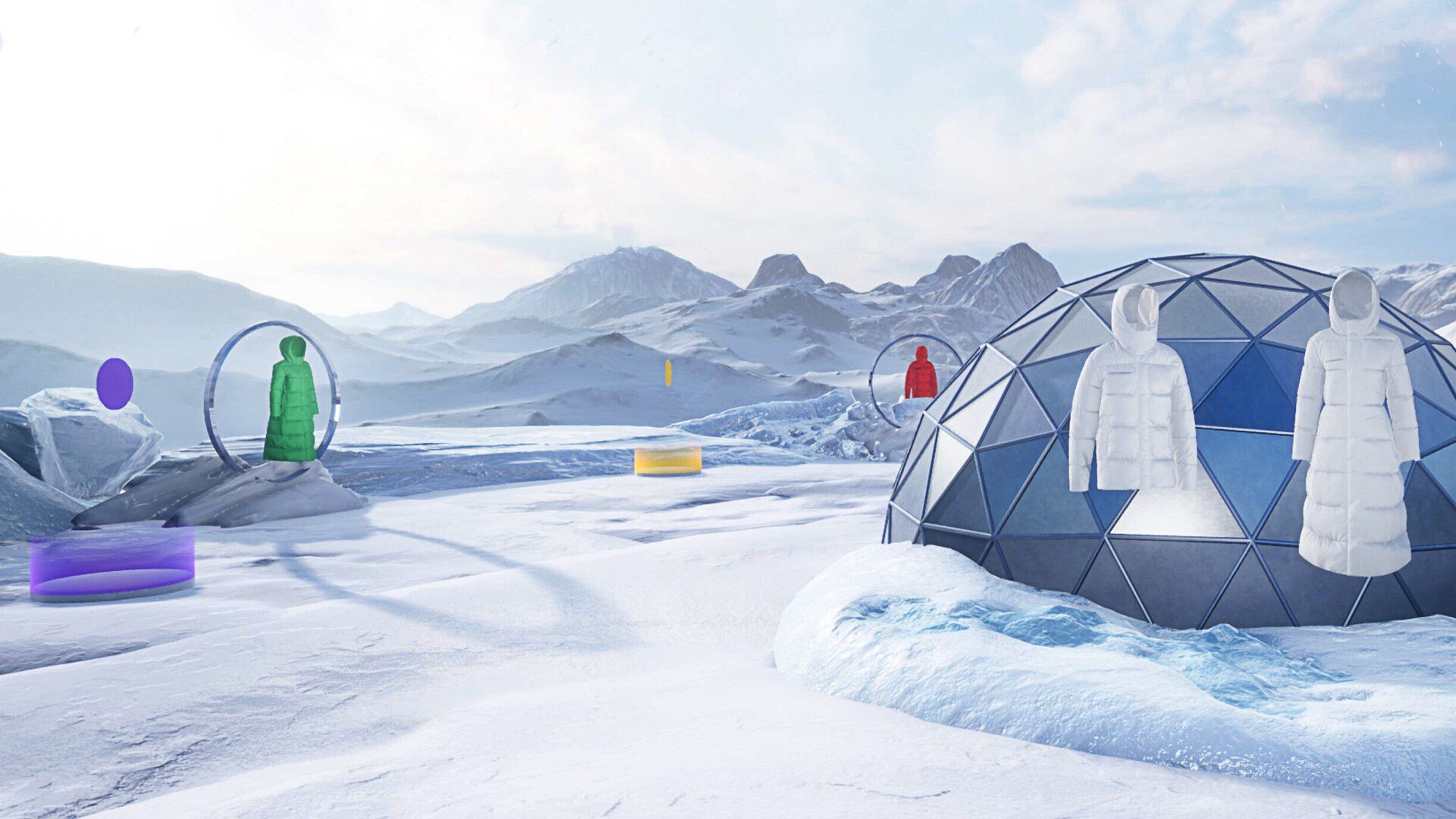
Many brand connections are first made through our phone, laptop, or some kind of smart device. According to a survey by McKinsey & Company, online shopping, or e-commerce, has seen a decade-worth increase in the first three months of 2020 in the US alone, and the trend is spreading to the rest of the world. Although shopping via a browser is convenient, it gives shoppers little impulse. Thus, in addition to online presence, retailers are increasingly concerned with the question of how to make e-commerce platforms more experience-based. One way to do this could be through using various three-dimensional VR (virtual reality) and AR (augmented reality) based technologies.
For example, the clothing brand Pangaia, known for its eco-friendly textile innovations, has made pieces from its FLWRDWN collection available in a limited-access immersive virtual space created by the Fashion Innovation Agency and AnamXR. In the digital world, accessible from our laptops or phones, we could freely navigate like in a video game while we could not only buy individual items but also learn about the brand narrative through digital storytelling. And among home furnishing brands, IKEA was one of the first to create an AR-based app called IKEA Place, which allowed us to test how each piece of furniture would look in our own interior without lugging and assembling them. In response to the increased online shopping, IKEA Place has since been working on IKEA Studio, which not only allows you to place virtual chairs and lamps in your own home, but also to furnish entire interiors and allow in-app purchases.
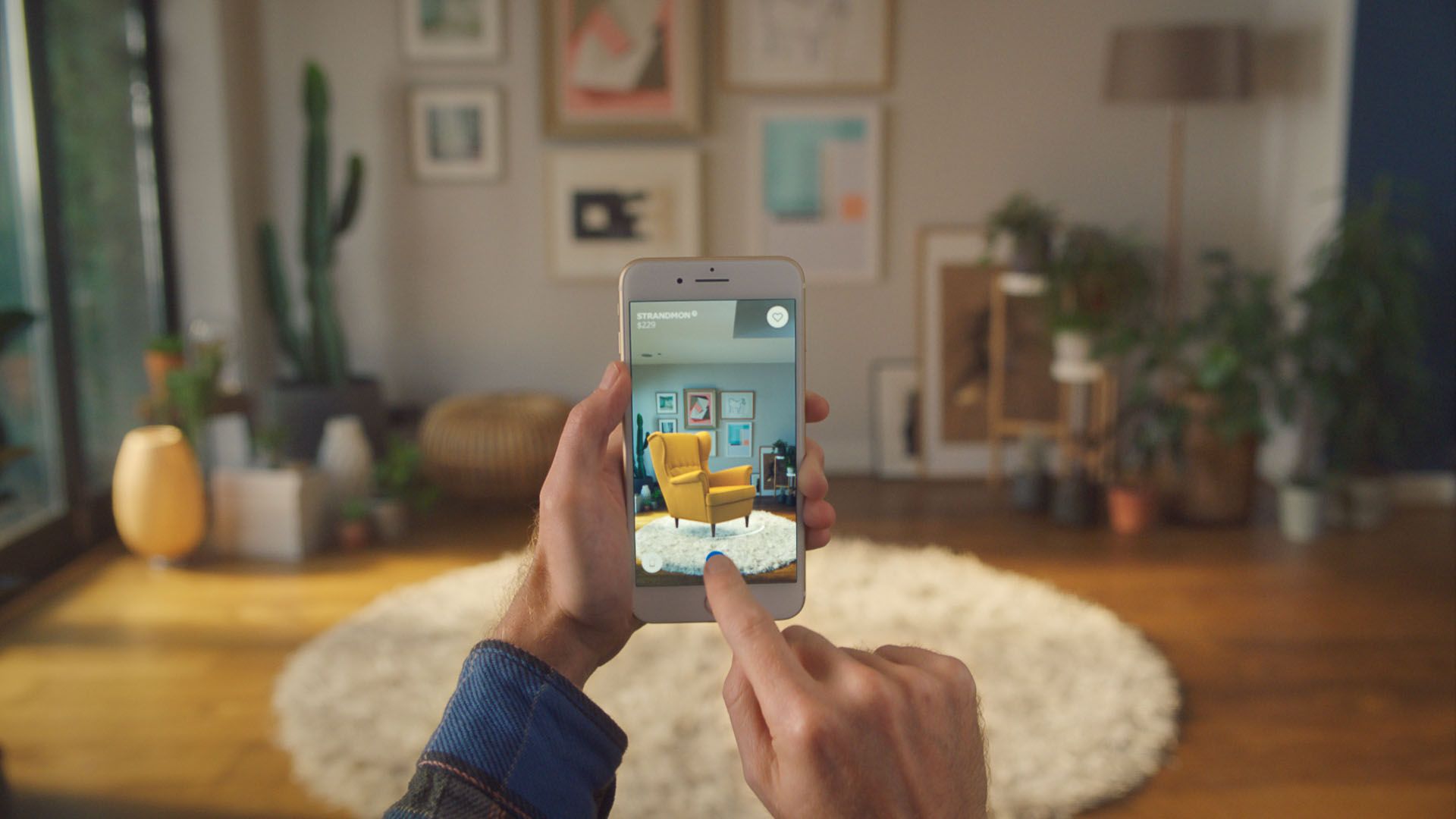
While big brands see success in quick technology adoption, small businesses, according to Udeme Etentuk, co-founder of ARe, a creative Hungarian startup, “tend to wait and see, rather than reject.” The AR-technology-based app that, before the pandemic, was initially useful for tourism, especially in urban environments, is now much more targeted at creative industries and brands. “Accelerated digitalization and our long-term vision have helped us to put all our energy into phygital design. This was in early 2020, when terms that were little known at the time, such as metaverse or Web 3.0, but even more so the underlying technologies, started to evolve rapidly,” Udeme added.
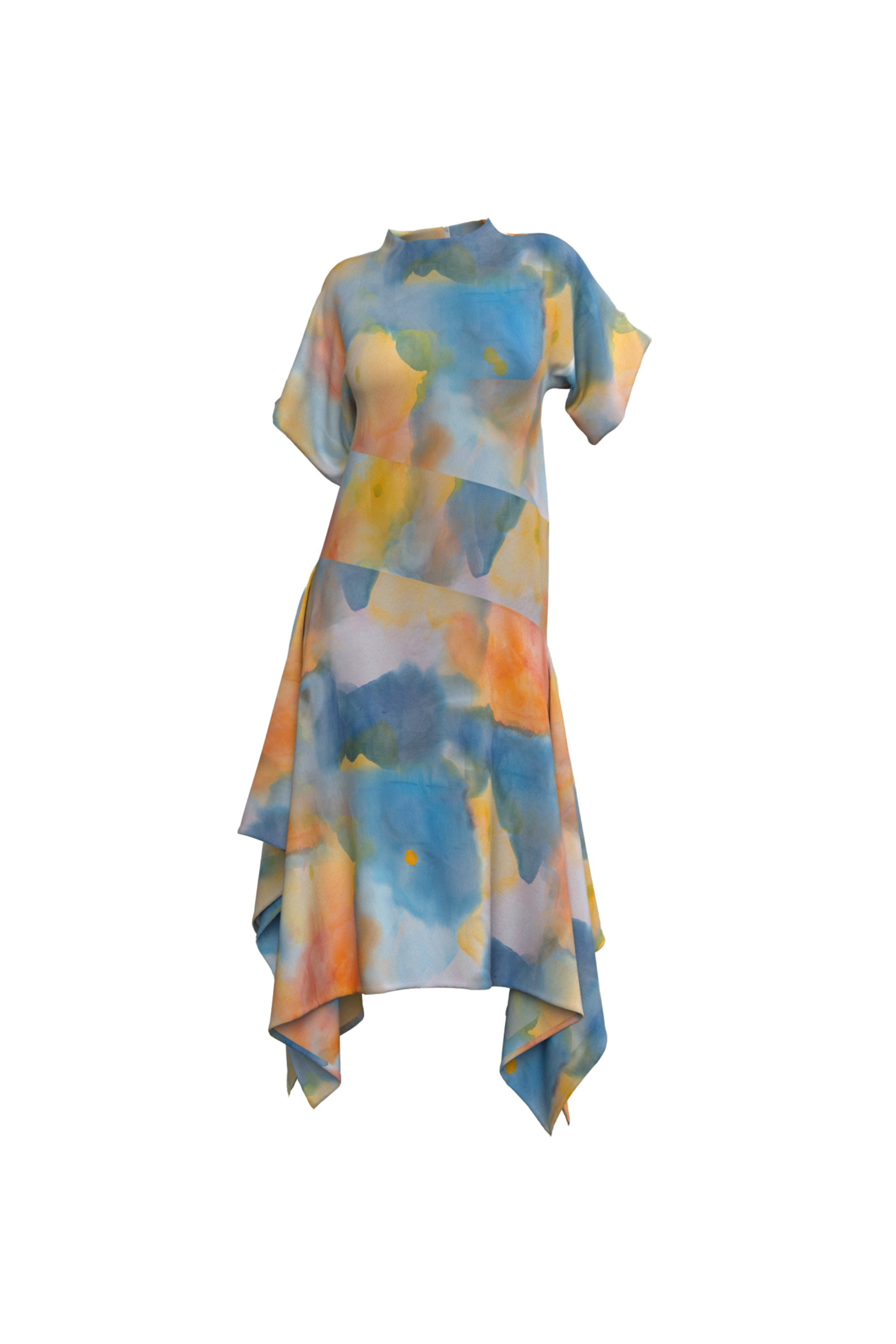
“It’s important for us that our partners have access to a very complex service in the simplest possible way: we take the burden of the multi-step and complex development process off the brands’ shoulders. They have one thing to do, show us the product (even if it doesn’t physically exist yet) they want to visualize. Within hours, or days at the most, this will appear in the ARe application, on-demand in the NFT store, or even in the brand’s webshop, where it can be visualized in mobile view with just a tap of a button with AR technology,” Udeme elaborated. ARe aims to contribute not only to the customer experience but also to respond to real problems. For example, the idea of a collaboration between ARe and ALMA, a clothing brand with a zero-waste philosophy in all areas (from design to sales), was born in the spirit of sustainable design. Not even a sample of each 3D visualized ALMA garment is made, and they do not exist in physical reality until they are produced to individual order.
But the phenomenon of phygital design is not limited to the online space. According to a recent Harvard Business Review article,“ while e-commerce will continue to be an essential element of retail strategy, the future success of retailers will ultimately depend on creating a cohesive customer experience, both online and in stores.”
Beyond the screen: rethinking the physical-digital experience
Even before the pandemic, there were brands that were rethinking the in-store experience using various digital, AR or VR technologies. Among others, Japan’s Uniqlo was one of the first brands in 2012 to equip its fitting rooms with LCD screens armed with AR technology, allowing customers to try on a garment from the repertoire on their own reflection.
Or, for example, thanks to the Nike by you initiative, you can create your own personalized sneakers: even live in the NIKEiD Direct Studio in London, where you can design directly on a shoe in real time using augmented video mapping.
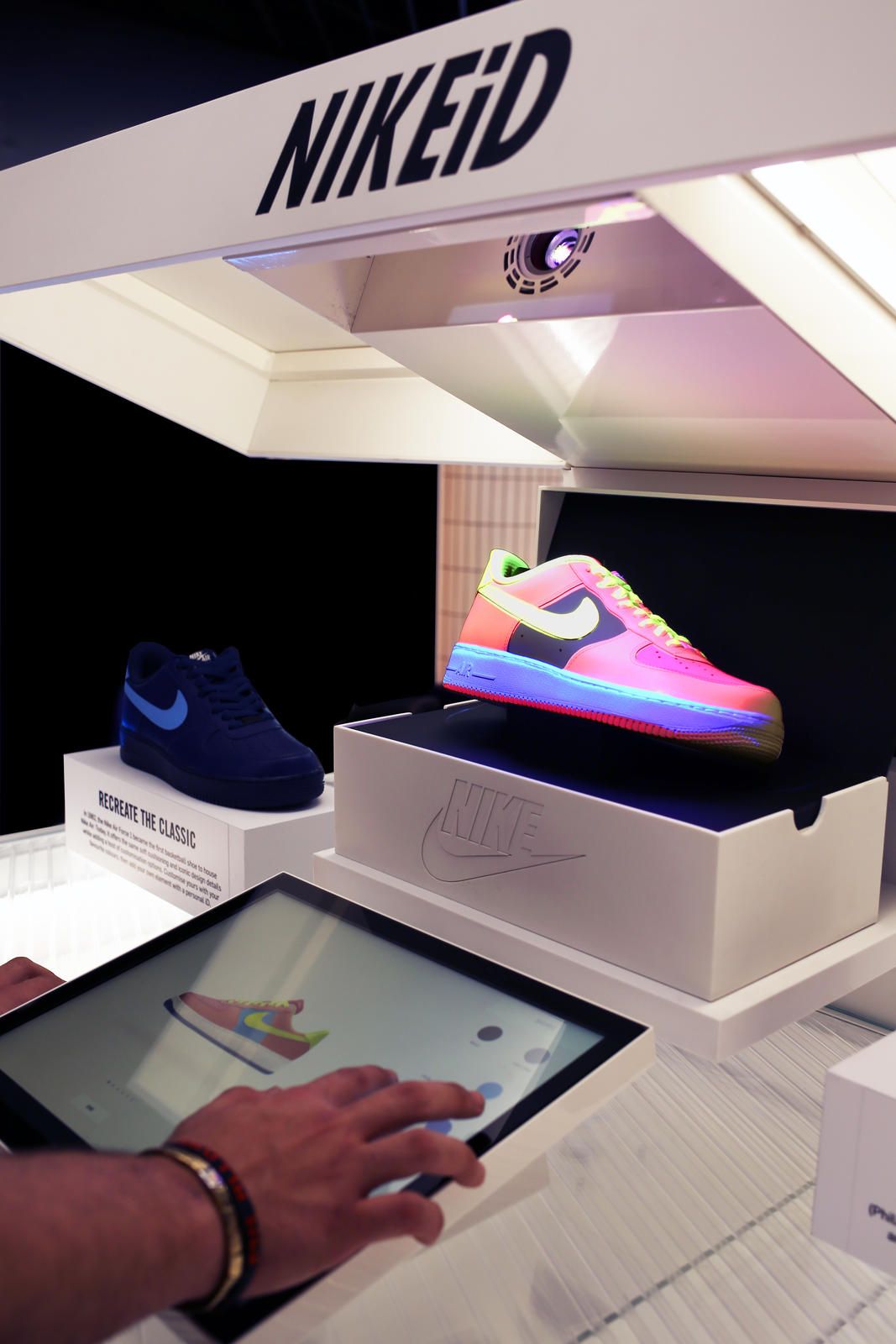
Coming back a bit to the opening thoughts of this article, the Dutch Random Studio takes the phygital (space)experience to a new level. Their philosophy is based on the observation that the lack of sensory stimuli in virtual space affects our sense of presence or that our smartphone makes physical boundaries superfluous. Therefore, it can turn a bathroom into a workspace or a restaurant into a friend’s living room in just a blink. “It becomes really hard to connect with space when any space can be any space—you’re always at home, but you’re never at home,” began studio founder Daan Lucas at the Frame Awards 2020 panel discussion. “I want to use technology to bring people away from their screens into the physical world,” he continued.
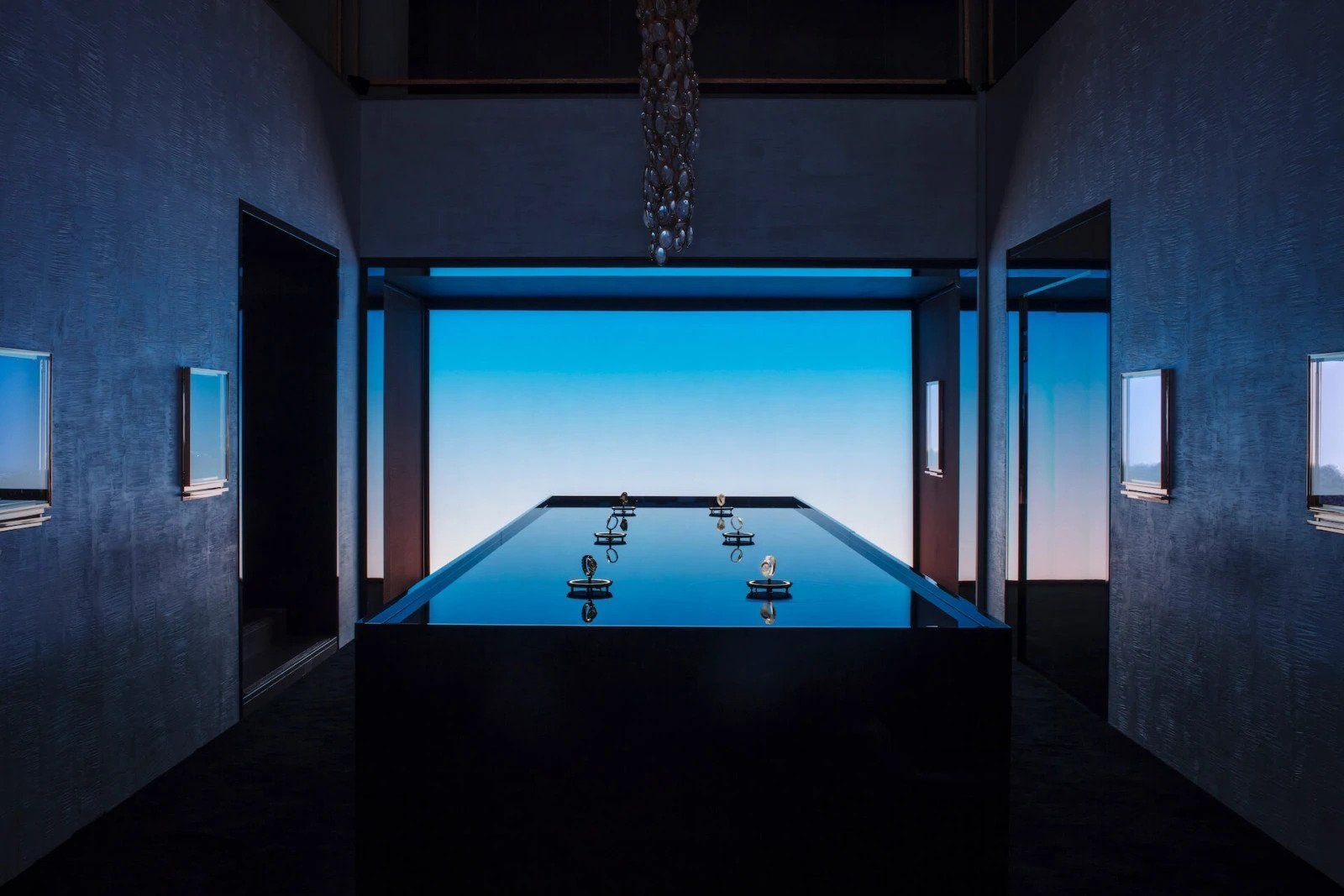
Building on this idea, the studio takes a very complex approach to interior and experience design, which, as the previous Nike or Uniqlo examples suggest, is based on interaction. Their mission is to use technology as a tool to create new ways of connecting people with their physical environment and, beyond that, between customers and a brand. The core concept behind their projects is the humanization of technology—integrating different digital solutions into the physical environment to engage people emotionally in the experience of space. “How can we reimagine the digital as a living, breathing part of our physical world?” reads the studio’s website.
In response to this thought-provoking question, one of Random Studio’s important approaches is to turn retail spaces into a so-called “tech theatre” where different hardware such as climate control, speakers, or lighting can be freely customized to different needs using a single software. With this flexibility, brands can think through the smallest details of the space experience they want to offer so that instead of consumers having to adapt to the space, the space adapts to them.
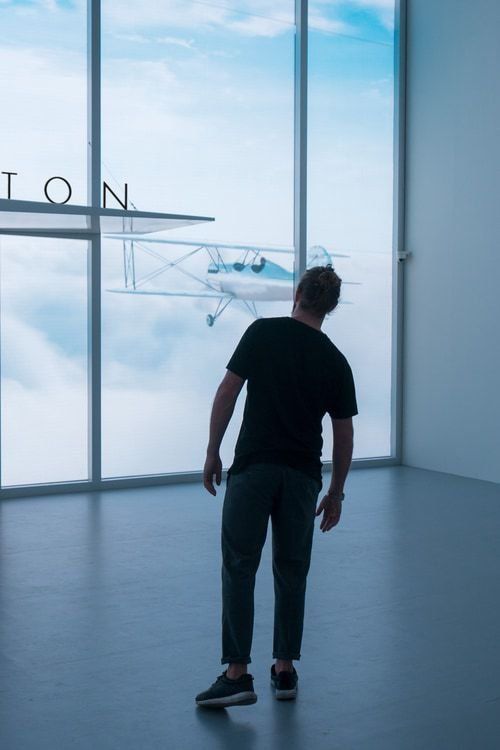
The studio is also experimenting with haptic technologies, making it more comfortable to interact with digital surfaces in public spaces. Examples include the immersive Kid’s Pod installation in the interior of Nike’s House of Innovation store in Paris, which visitors can control with their own gestures without touching the screen, or Louis Vuitton’s traveling exhibition entitled “Volez, Voguez, Voyagez” (Fly, Sail, Travel) in Seoul, a 90-square-meter interactive LED wall that also allows you to control the movement of a plane with your own body.
“I’m very interested to see if we can create spaces where you feel invited and so become part of the space—there then comes a dialogue between the brand and you as a visitor so that you’re actually not a visitor anymore, you become a participant to it. I think this is definitely where things are moving,” concluded Daan Lucas.
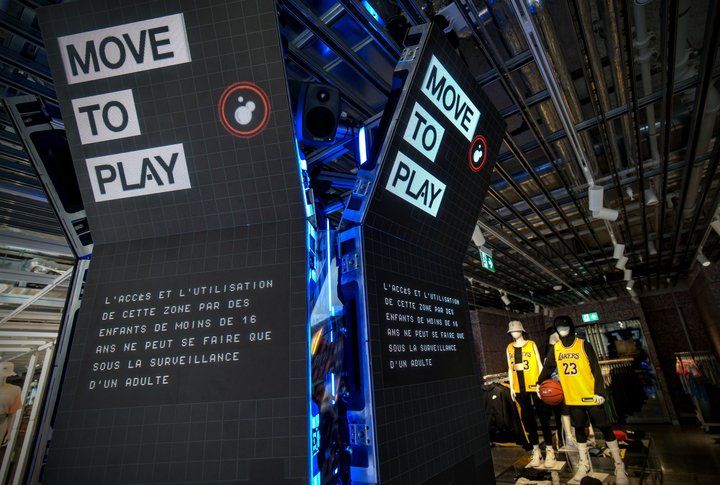
Cover photo: Réka Pisla
ARe | Web | Facebook | Instagram
Random Studio | Web | Facebook | Instagram

The only known variable element of climate is that climate is variable | Interview with Mariusz O. Jędrysek

Blending 20th-century and contemporary needs during the reconstruction of a church in Bratislava










